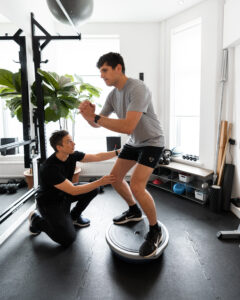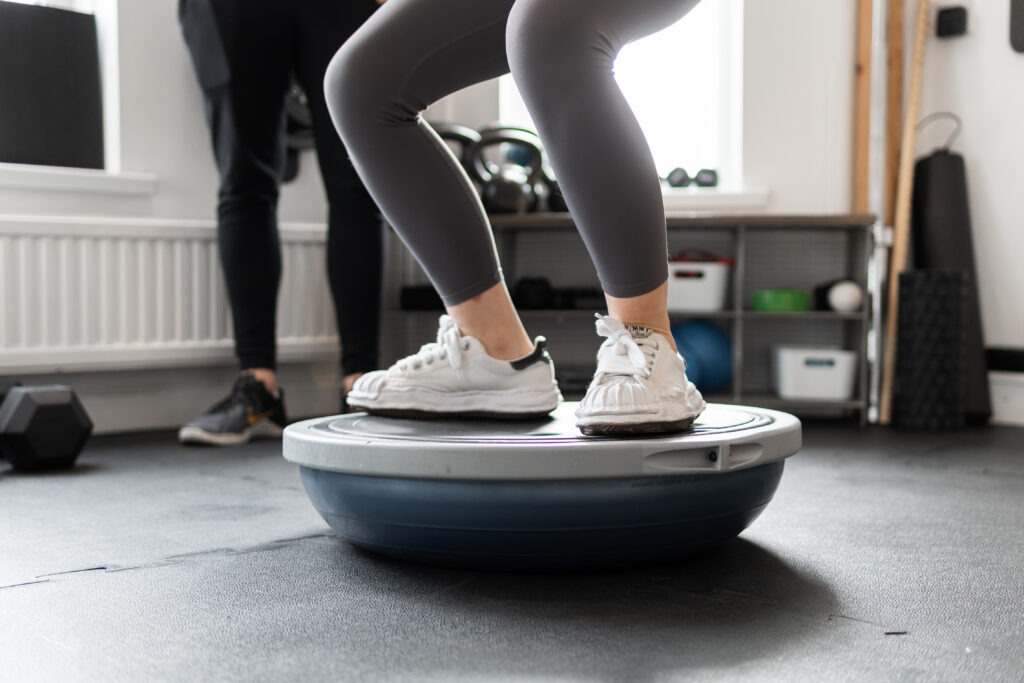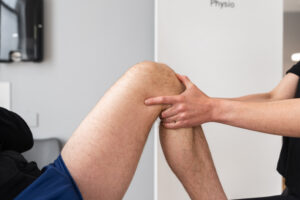Just like with our running mileage this should be increased gradually!
Looking to start strength training? Then that’s a great idea!
Strength training strengthens the muscles and connective tissues within the body. This will help bulletproof your body from injury. It will also improve your neuromuscular coordination and power therefore making you a stronger and more efficient runner.

The hard part for runners is fitting it in around run’s and ensuring you do so that DOMS (delayed onset muscle soreness) does not impact on your training sessions.
How often should runners’ strength train?
Ideally twice per week, giving 3-4 days of recovery between strength training sessions. This allows optimisation of building strength and neuromuscular control. It is important to protect your rest days however, so this may mean combing a run and a strength session in one day. This helps reduce the impact of DOMS (Delayed onset muscle soreness) on your long runs and thus improve overall performance. Always avoid doing strength training after a hard run session, as you are at risk of losing form and over training. You will see more benefits from incorporating it into easy training days. If you include strength on alternate days running one day and strength the next it does not always allow time for sufficient recovery.
Doubling up on training days discourages one from “over doing it” the use lighter weights and reduced sets and reps can help shine a focus on form and control.

How do runners know if they are lifting too heavy?
A level of muscle soreness is to be expected when beginning any new workout routine but being so sore you cannot run is something we want to avoid and is definitely a sign you have been overdoing it. Gradual, progressive overload is the key to any training plan.
‘Start by using your own body weight at first, low impact – no dumbbells – and see how that feels,’ she says. ‘Focus on using correct form and going through the complete range of motion intended for the exercises rather than the amount of weight used. Then, add weight gradually and/or increase the number of repetitions over time.’

When putting together a circuit of exercises, start with just a few moves – such as squats, lunges, hip bridges and dead bugs – which are great body exercises. And then add in new exercises over time.
Ben
Sports Massage Therapist and Running Coach

